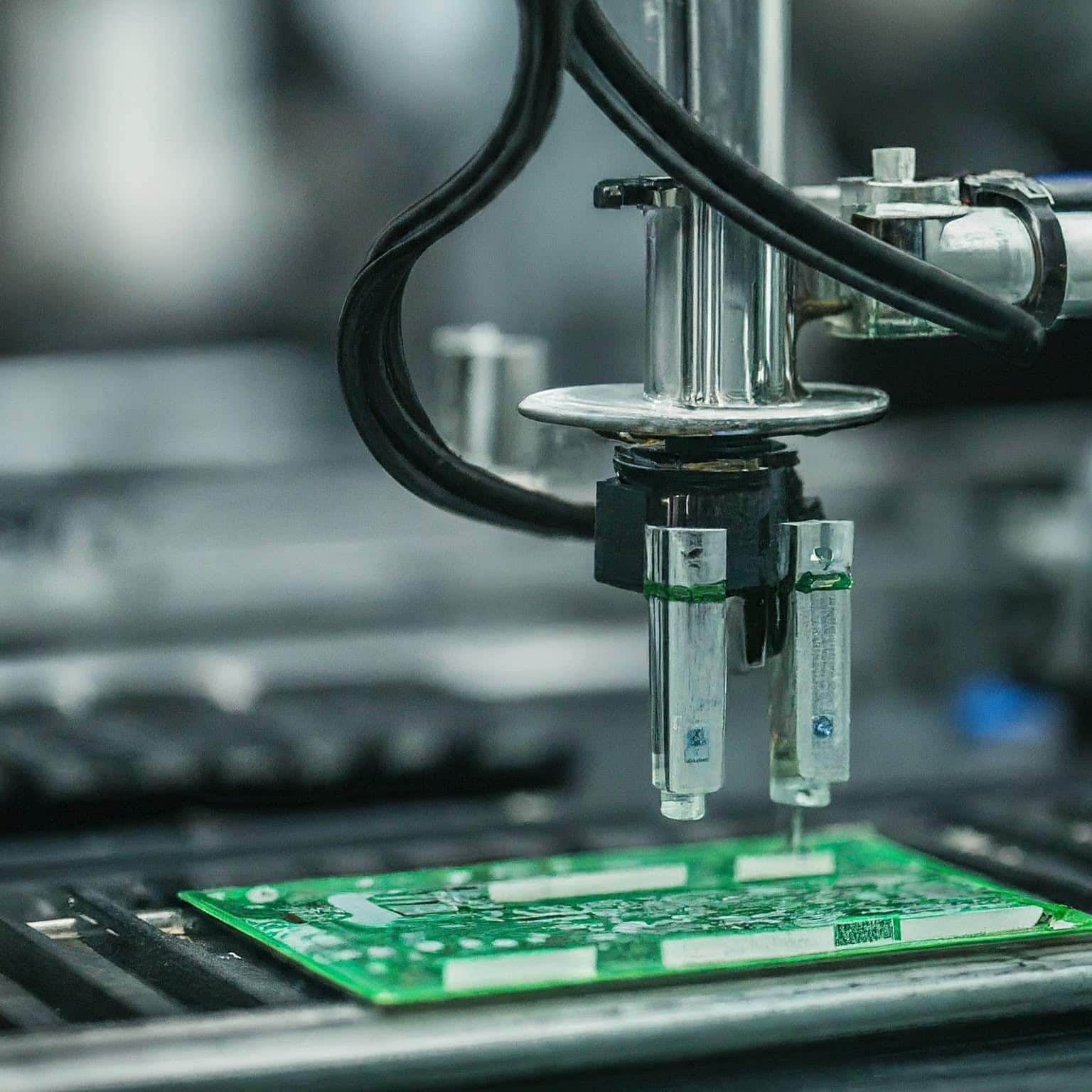Best Rotoscoping Software
Rotoscoping, the process of animating a moving image by tracing its outline frame by frame, requires specialized software. Here are some of the top contenders:
Professional-Grade Software:
- Silhouette FX: Widely considered the industry standard for rotoscoping, Silhouette offers advanced tools and precision for complex projects.
- Fusion: Part of the Blackmagic Design suite, Fusion provides a robust node-based environment for rotoscoping, compositing, and VFX.
- Nuke: A high-end compositing software with powerful rotoscoping capabilities, often used in feature films.
- Adobe After Effects: While primarily a motion graphics and compositing tool, After Effects includes solid rotoscoping features, especially with plugins like Mocha.
Accessible Options:
- Blender: A free, open-source software with growing rotoscoping capabilities, suitable for beginners and enthusiasts.
- Natron: Another open-source option, Natron offers a node-based interface and is gaining popularity in the VFX community.
Key Factors to Consider:
- Project complexity: For simple projects, Blender or After Effects might suffice, while complex work demands software like Silhouette or Fusion.
- Budget: Professional-grade software can be expensive, so consider your financial constraints.
- Learning curve: Some software has a steeper learning curve than others.
- Integration: If you’re already using a particular software ecosystem, consider tools that integrate seamlessly.
Advanced Rotoscoping Techniques and Considerations
While the core of rotoscoping involves manually tracing objects, several techniques and considerations can significantly enhance the process:
Advanced Techniques:
- Keyframing: Create smooth animations by setting keyframes for the roto mask’s shape and position.
- Spline-based Rotoscoping: Use spline tools to create smooth and accurate outlines.
- Shape Morphing: Transition smoothly between different shapes of the same object.
- Planar Tracking: Utilize planar tracking to stabilize the roto mask and reduce manual adjustments.
- AI-Assisted Rotoscoping: Explore AI-powered tools to automate parts of the process, though human oversight is still essential.
Considerations for Efficient Rotoscoping:
- Project Planning: Break down complex shots into smaller, manageable segments.
- Keyboard Shortcuts: Learn and utilize keyboard shortcuts to speed up the process.
- Hardware Acceleration: Ensure your system has sufficient GPU power for smooth performance.
- Time-Saving Plugins: Explore third-party plugins that offer additional tools and features.
- Batch Processing: If applicable, process multiple frames simultaneously to save time.
Common Rotoscoping Challenges:
- Hair and Fur: These elements can be extremely challenging due to their complex nature.
- Transparency: Objects with transparency require careful attention to detail.
- Fast-Moving Objects: Precise tracking of rapidly moving objects can be demanding.
FAQ’S
- What is rotoscoping? Rotoscoping is the process of animating a moving image by tracing its outline frame by frame.
- What is the difference between rotoscoping and green screen? Rotoscoping involves manually tracing objects, while green screen uses color keying to isolate subjects.
- Can I use rotoscoping for special effects? Yes, rotoscoping is often used to create visual effects, such as object removal, matte painting, and compositing.
Software and Techniques
- What is the best free software for rotoscoping? Blender offers basic rotoscoping tools, but for serious work, paid software like Silhouette or Fusion is recommended.
- How can I speed up the rotoscoping process? Using keyboard shortcuts, keyframing, and planar tracking can significantly improve efficiency.
- What are some common challenges in rotoscoping? Rotoscoping hair, transparent objects, and fast-moving subjects can be particularly challenging.
Applications of Rotoscoping
- Can I use rotoscoping for video editing? Yes, rotoscoping is often used in video editing for object removal, adding effects, or creating animations.
- Is rotoscoping used in film production? Absolutely, rotoscoping is a standard technique in film production for visual effects and compositing.

